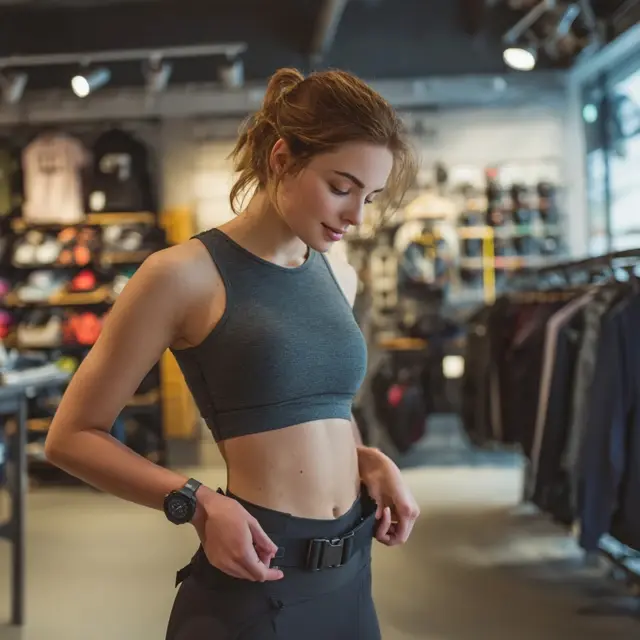Running Belt Fit Guide for Different Running Styles
Every runner moves differently, and your running belt should adapt to your style. A belt that fits well during a casual jog might not perform as smoothly during a sprint or on a rugged trail. This guide explains how to adjust and choose the right belt fit for various running styles so you can run comfortably and without distraction.
Why Fit Matters
The fit of a running belt affects stability, bounce, and comfort. An ill-fitting belt can ride up, chafe, or throw off your rhythm. The right fit ensures your essentials stay secure while you stay focused on your pace and performance.
Fit Tips for Casual Jogging
For everyday jogs, comfort and simplicity are the priorities:
- Snug but not tight: The belt should rest lightly against the waist or hips.
- Slim designs: Lightweight belts keep things simple for short runs.
- Minimal storage: Carry only essentials like keys, phone, and ID.
Fit Tips for Sprinting
Sprinting creates intense body movement, so stability is key:
- Compression-style belts: Hug the body to eliminate bounce.
- Low placement: Wearing the belt lower on the hips often improves stability.
- Minimal weight: Carry only the most essential items to avoid drag.
Fit Tips for Marathon Training
Long-distance running requires endurance gear that won’t irritate over time:
- Even weight distribution: Look for belts with multiple compartments.
- Adjustable straps: Allow for small fit changes during long runs.
- Moisture-wicking fabrics: Prevent discomfort during extended sessions.
Fit Tips for Trail Running
Trail running demands durability and stability on uneven terrain:
- Wide waistbands: Help distribute weight when carrying extra gear.
- Non-slip linings: Prevent sliding on steep climbs or descents.
- Weather-resistant fabrics: Protect belongings from mud, rain, or dust.
Fit Tips for Interval Training
Intervals combine sprints and recovery, so the belt must adapt quickly:
- Bounce-free fit: Compression belts or dual-adjust straps work best.
- Quick-access pockets: Allow easy grabbing of gels or phones between sets.
- Lightweight designs: Prevent drag during high-intensity bursts.
How to Test Belt Fit
Before committing to a belt, test it under conditions similar to your training style:
- Load the belt with your usual gear.
- Run at different speeds—jog, sprint, and recover.
- Check for bounce, chafing, or sliding during movement.
Conclusion
The perfect running belt fit depends on your running style. Casual joggers benefit from slim, comfortable belts, sprinters need compression fits, marathoners require durability, and trail runners should prioritize stability. By tailoring the fit to your specific style, you’ll run more confidently and comfortably.
For further insights, explore our running style-specific gear guides and belt fitting tips for athletes.




